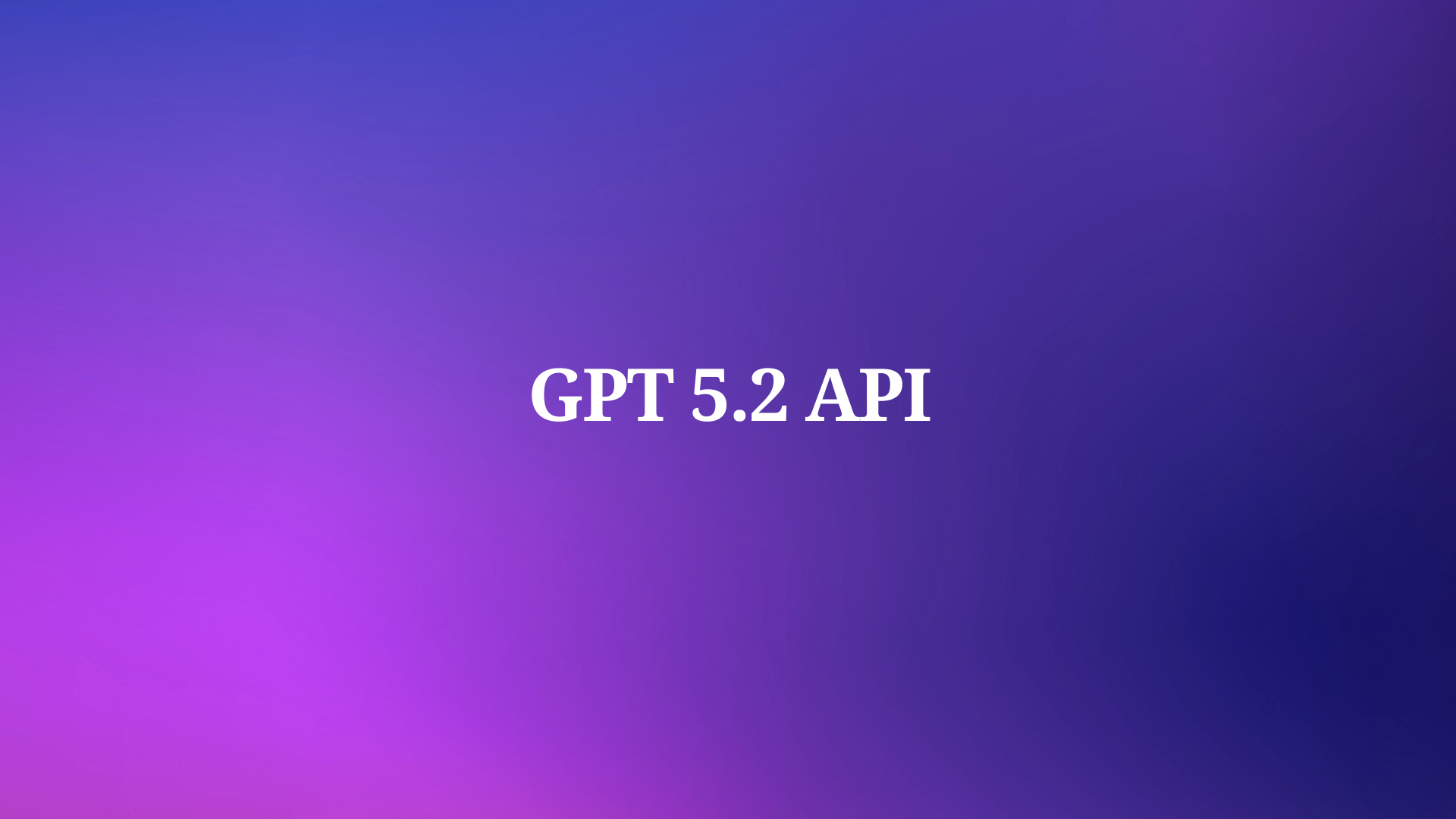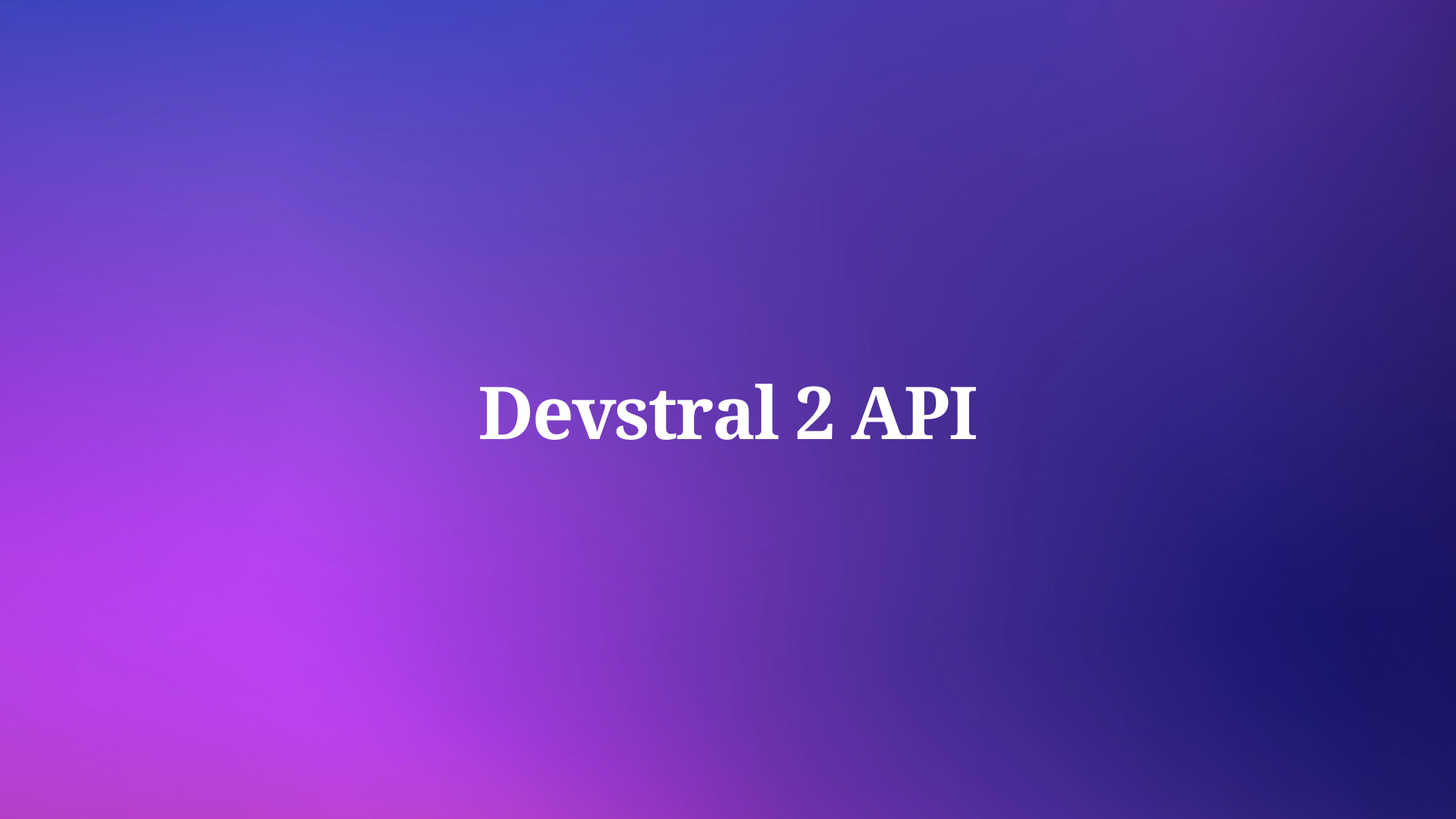WebSocket is a protocol used to create real-time, bi-directional communication channels in web applications. This guide will provide a concise overview of the process, from understanding WebSocket headers to practical tips on initiating and handling connections.
WebSocket Connection
A WebSocket connection is a communication protocol that provides full-duplex communication channels over a single, long-lived connection. Unlike traditional HTTP connections, which are request-response based, WebSocket allows for bidirectional communication between a client and a server in real time. The connection remains open, allowing both the client and server to send data to each other at any time without relying on requests and responses.

WebSocket Header
WebSockets differ from regular HTTP requests by employing a distinct set of headers during the initial handshake to establish the connection, omitting the conventional HTTP header usage.
If you want to authorize when a client initiates a WebSocket connection, it sends an HTTP request with the "Authorization" header. Here's a simplified example of the headers involved in the WebSocket handshake using Apidog:

After receiving this request and confirming the connection, the server responds with its own set of headers, including the "Authorization" header, along with other parameters and messages that validate the handshake.
How to Test Websocket API
Understanding the WebSocket headers is crucial not only for establishing the initial connection but also for testing the WebSocket APIs effectively. Once you grasp the fundamentals of WebSocket communication, you can seamlessly transition to testing to ensure that your WebSocket APIs function as intended.
One excellent tool for this purpose is Apidog, which, like Postman, serves as a versatile API testing tool. Both Postman and Apidog support WebSocket API testing, providing a user-friendly interface for creating, managing and testing WebSocket APIs. Let's delve into how Apidog can be utilized to streamline the testing process and validate the functionality, performance, and reliability of your WebSocket APIs.
Step 1: Create a WebSocket Request
Open Apidog, click "+" button to create a WebSocket API, then enter the URL in the address bar.

Step 2: Setting WebSocket API Message and Params
You can also customize the parameters that need to be passed during the handshake, such as Params, Headers, and Cookies, to meet authentication or other complex scenarios. Last remember to save the request.

Step 3: Establish a WebSocket Connection
Using Apidog, simply enter the URL in the address bar and click the "Connect" button to complete the handshake and establish a WebSocket connection.

WebSocket Connection Failed
WebSocket connection failure is a common issue in web development. WebSocket Connection Failed" often occurs due to various reasons, disrupting data transmission and overall functionality. Network instability, SSL/TLS configuration issues, server misconfigurations, protocol mismatches, security concerns, coding errors, CORS issues, and resource limitations are common culprits.
Solutions involve verifying network connectivity, addressing SSL/TLS configurations, checking server-side settings, ensuring protocol consistency, addressing security considerations, debugging code for errors, resolving CORS issues, and optimizing resource usage to establish successful WebSocket connections. Click the relevant article to learn more:





